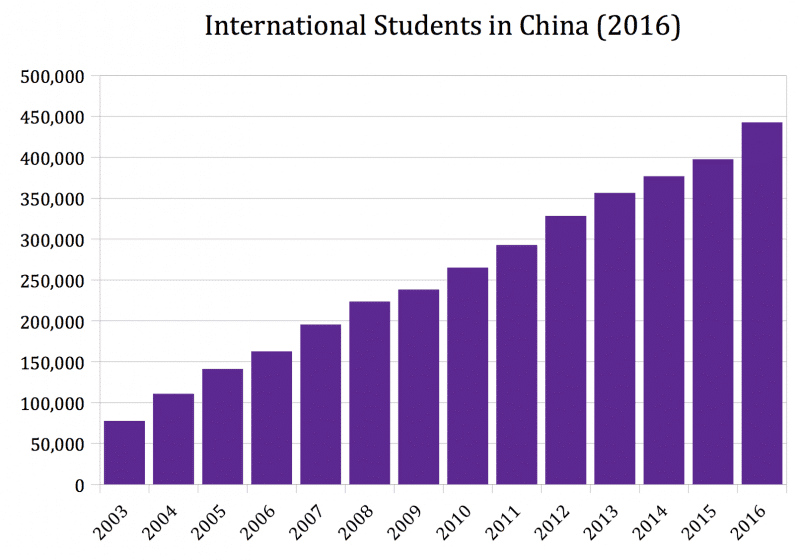Related Articles
Factors affecting Asian American Participation in World Missions
Presenter: David Narita, Faculty at William Jessup University and physician at Western Sierra Medical Clinic Description: Asian Americans are excited about world missions. Well over…
International Students in China: Who Will Reach This Vast and Strategic Yet Invisible Group?
Wearing her hijab, “Mounia” from Yemen heard the gospel and felt the love of God in our international church because of her Rwandan classmate’s invitation and her husband’s permission. Without Arabic or visa for Yemen, instead of flying to Sana’a, we walked two meters to welcome her. From a country with 0.03% evangelicals, could she take the gospel back home?
Welcoming the Stranger
Presenter: Matthew Soerens, US Director of Church Mobilization, World Relief Description: Refugee and immigration issues have dominated headlines globally recently. While many American Christians view these…
House Churches In Central Asia: An Evaluation
For many Christians in Central Asia, house churches are the best church planting strategy.
House Churches In Central Asia: An Evaluation
For many Christians in Central Asia, house churches are the best church planting strategy.



